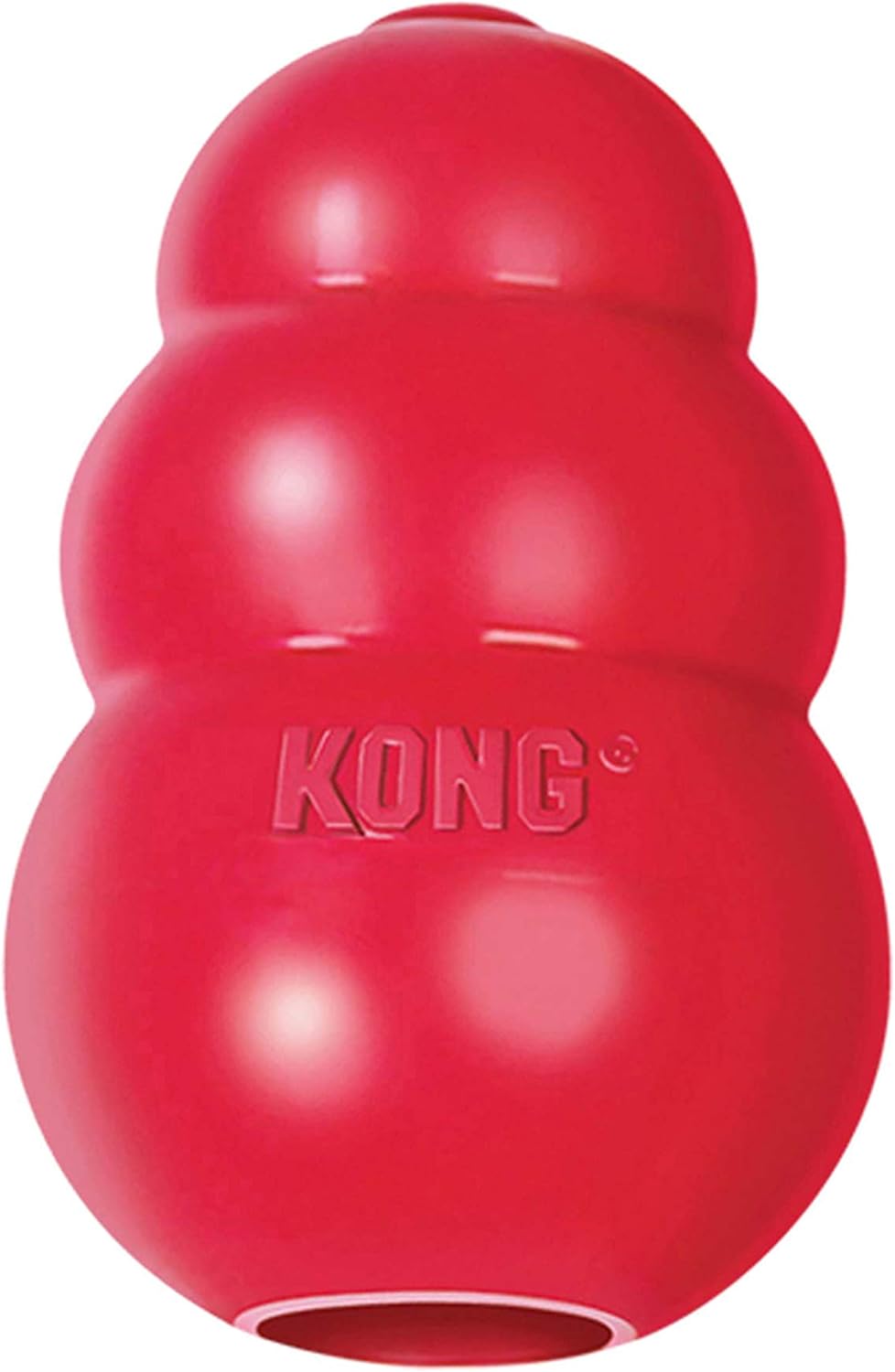Labradoodle Lifespan – How Long Do Labradoodles Live?

The Labradoodle (AKA Labrapoo or Labrador Poodle) is a cross breed between a Labrador Retriever and a Poodle. As it is a cross breed dog there can be a bit of variation in lifespan depending on the size, generation, gender as well as genetics of the puppies.
If you want to know more about the lifespans of Labradoodles, keep reading this article to find exactly how long Labradoodles are expected to live for.
Table of Contents
How Long Do Labradoodles Live?
The average Labradoodle lives for 12 to 15 years. There are many factors that affect the lifespan of a Labradoodle including size, gender, generation and whether they are desexed or intact. These variables mean they can have shorter or longer lifespans than the average. Give your Labradoodle the best chance of living a long life by exercising them daily, giving them healthy food and keeping on top of vet appointments.

Factors That Affect Labradoodle Lifespan
There are many factors that can affect the lifespan of a Labradoodle. This includes but is not limited to:
- Size (Teacup, Toy, Miniature or Standard/Maxi)
- Generation (F1, F1b,F2 etc.)
- Gender (Male vs Female)
- Desexed vs Intact
Read Also: How Much Does A Labradoodle Cost? (Real Breeder Prices)

How Size Affects Labradoodle Lifespan
The size of a Labradoodle greatly impacts upon their lifespan. Toy Labradoodles have the shortest lifespan as they often suffer from size related health issues. Generally, Mini, Medium and Standard Labradoodles live the longest.
| Size | Lifespan |
| Toy Labradoodle | 10 to 15 years |
| Mini Labradoodle | 12 to 16 years |
| Medium Labradoodle | 12 to 15 years |
| Standard Labradoodle | 12 to 15 years |
Toy Labradoodle Lifespan
Toy Labradoodles live for 10 to 15 years. They have the shortest lifespan of all the Labradoodle sizes as they are likely to suffer from size related health issues. This is also the case with Teacup Labradoodles however not many people breed them due to these issues.
Mini Labradoodle Lifespan
Mini Labradoodle have a lifespan of 12 to 16 years. Out of all the Labradoodle sizes, Mini Labradoodles generally live 1 or 2 years longer than the larger sizes. Nevertheless, their lifespan can greatly vary depending upon genetics, health conditions, lifestyle, diet etc.
Medium Labradoodle Lifespan
On average, Medium Labradoodles live for 12 to 15 years. As a mixed breed dog, they have less hereditary issues than their purebred parents. In contrast to the Labrador Retriever which has a lifespan of 10 to 12 years, Medium Labradoodles often live for 3 years longer.
Standard Labradoodle Lifespan
Standard Labradoodles live for 12 to 15 years. This is the same lifespan length as Medium Labradoodles and only slightly shorter than Mini Labradoodles. As a mixed breed dog, Standard Labradoodles have less hereditary health issues than their purebred parents which prolongs their lifespan. This is one of the reasons why this cross breed was made in the first place.
Read Also: Labradoodle Size Guide (Mini, Medium & Standard)

How Generation Affects Labradoodle Lifespan
| Generation | Lifespan |
| F1 Labradoodle | 12 to 15 years |
| F1b Labradoodle | 12 to 15 years |
| F2 Labradoodle | 12 to 14 years |
F1 Labradoodle Lifespan
On average, F1 Labradoodles live for 12 to 15 years however this depends on the size of the breed. Generally, the F1 generation is the healthiest as it is the first cross – the result of breeding a purebred Labrador Retriever with a Poodle.
F1b Labradoodle Lifespan
F1b Labradoodles have a lifespan of 12 to 15 years. F1b Labradoodles have a higher percentage of Poodle genes compared to F1 Labradoodles. They are 25% Labrador Retriever and 75% Poodle. As Poodles generally live longer than Labradors, F1b Labradoodles may live longer than F1 Labradoodles. They are more likely to live to the higher end of their lifespan range.
F2 Labradoodle Lifespan
F2 Labradoodles live for 12 to 14 years however it can be less if they are one of the smaller sizes of the breed (e.g. Toy Labradoodle). F2 Labradoodles may have a slightly shorter lifespan than an F1 Labradoodles as with each successive generation the health benefits of cross-breeding decreases. That being said, the differences in lifespan between generations is pretty negligible.
Read Also: Labradoodle Generations Guide (F1, F1b, F1bb, F2, F2b etc.)

Female vs Male Labradoodle Lifespan
Female Labradoodles usually have a slightly longer lifespan than Male Labradoodles. This is especially the case for desexed female Labradoodles. Gender does not usually have a major effect on lifespan. Differences in longevity is mainly seen in desexed versus intact dogs.
Desexed vs Intact Labradoodle Lifespan
Desexed (AKA neutered or spayed) Labradoodles live slightly longer than intact Labradoodles. It is thought that desexed Labradoodles live longer as the procedure can reduce the risk of health issues like obesity and cancer in both male and female dogs. It is also thought that desexed dogs live longer because they get into fewer fights and therefore get fewer injuries.

Labradoodle Life Stages
Socialization Period (until 3 months old)
The socialization period is one of the most crucial times in a Labradoodle’s life. The first eights weeks is spent with their mother and littermates. During this time they learn so much about their world. Breeders will begin introducing new experiences to the puppies in the litter and then at eights weeks the puppies will go to their new homes where their owners will continue the socialization process.
Testing Period (3 to 6 months old)
The testing period is when a Labradoodle starts testing boundaries to figure out what is acceptable behavior and what is not. It is best to start training your Labradoodle during this time.
When training your dog it is important to use positive reinforcement techniques as dogs repeat good behavior when it is followed by a reward such as a treat or their favorite toy. Clicker training is another type of positive reinforcement training that is a good method for learning new tricks. You use a clicker device so your dog can associate a new behavior with a click and then a reward.
Adolescent Stage (6 to 18 months old)
During the adolescent stage, Labradoodles may start displaying some regressive behavior like not listening to your training commands, being a bit aggressive or chewing up stuff. This is especially the case if your Labradoodle is not desexed as their hormones will start to kick in. Just remember that this won’t last long and be patient as your Labradoodle is a teenager.
During this period, your Labradoodle will reach their full adult size, they’ll get their adult coat and you’ll have to eventually swap over to adult food.

Adulthood (18 months to 10 years old)
Labradoodles will start to calm down and settle into their adult personality during adulthood however they will still be very active as this is a feature of the breed. You’ll start to notice that all your earlier training has paid off but you should still keep it up as Labradoodles love learning new tricks and it’s great mental stimulation.
Senior (10+ years old)
From 10 years of age, a Labradoodle is considered to be a senior dog. During this time they will start to slow down due to age. For example, your Labradoodle may prefer going for a walk instead of a run at the dog park. As they are rapidly ageing, your Labradoodle will need to get extra nutrients to support their system. For that reason, you may decide to switch out their adult kibble for a senior formula. They may also start suffering from health issues like arthritis so you may consider getting your Labradoodle a dog ramp to help them get in and out of the car and also onto furniture
Read Also: Labradoodles With Straight Hair (Ultimate Breed Guide)

Extending The Lifespan Of A Labradoodle
1. Feed Them A Healthy Diet That Is Age Appropriate
Aim to feed your Labradoodle a premium diet to ensure they get all their nutrients as health is essential to a longer lifespan. Cheaper dog food usually contains very low quality meat as well as fillers which is unhealthy.
You should also aim to feed your Labradoodle food that is suitable for their life stage, depending on whether they are a puppy, adult or senior dog. Kibble formulas are customised for different dog ages as producers adjust the nutrients and supplements for each life stage. For example, senior formulas have nutrients that support bones and joints.
Try to keep snacking to a minimum. While your dog may love their treats, don’t go overboard with rewarding them with treats, especially if your Labradoodle is starting to get overweight. Consider swapping out treats for their toys as a reward for training exercises. You can also cut your dog treats into smaller pieces than what is provided in the packet so they last longer.
2. Take Them Out For Daily Exercise
Labradoodles need plenty of daily exercise – both physical and mental. Take your Labradoodle out for daily walks and let them run around at the dog park or in your backyard so they use up all their energy.
As for mental exercise, you should keep training your Labradoodle into adulthood and also play some brain training games like an interactive treat puzzle or give them a classic Kong Toy that is filled with treats.
3. Keep Up Grooming
Grooming your Labradoodle is vital to keep them hygienic and healthy. The grooming routine for your Labradoodle should include steps for their coat, ears and teeth.
Regularly brush your Labradoodle as they have a thick coat which can easily get tangled and matted. If untreated, tangled and matted hair can lead to skin infections or irritations. Brushing your Labradoodle is also a good chance to check their skin for any injuries, fleas or ticks. Slicker brushes are generally the best for Labradoodles.
Labradoodles have floppy ears so they are prone to getting ear infections. If your Labradoodle gets wet, make sure to dry their ears well to prevent them from getting infected.

4. Keep On Top Of Vet Appointments
Take your Labradoodle to regular vet check-ups to make sure everything is going well and so you can treat any health issues quickly as early identification can help increase a Labradoodle’s lifespan.
Additionally, make sure you keep on top of yearly vaccinations as well as flea, tick and worm treatments.
5. Make Your Home Fit For An Older Labradoodle
As your Labradoodle gets older, there is an increased risk of arthritis and joint issues which can make mobility more difficult. For these reasons you may need to modify your home to accomodate for your senior dog.
If your Labradoodle finds it difficult to lower their neck to eat food or drink water you may want to invest in raised dog bowls to make feeding easier. If it is becoming difficult for them to jump up onto your bed or couch you may want to get a dog ramp. You may also decide to invest in an orthopedic bed if your Labradoodle has joint issues to ease the pain
Further Reading
- Labradoodles With Straight Hair (Ultimate Breed Guide)
- Labradoodle Generations Guide (F1, F1b, F1bb, F2, F2b etc.)
- Labradoodle Size Guide (Mini, Medium & Standard)
- How Much Does A Labradoodle Cost? (Real Breeder Prices)
Our Top Picks: Must Have Dog Products!





What's Your Reaction?
Sophie Hamilton is the founder of PupTraveller. She is a dog expert with over 5 years experience in the pet industry where she has researched and written over 400 articles about dogs. Sophie is the go-to resource for dog owners and hopes to share her extensive knowledge of dogs with PupTraveller’s readers.



